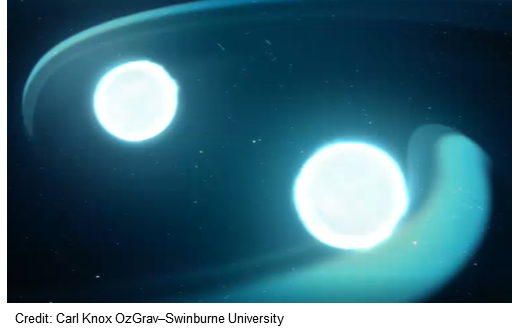The detection of Gravitational Waves (GW) has opened a new window for astrophysics and cosmology. However, the astronomical community has confidently identified only one optical counterpart to a GW event to date. In order to address several open astronomical questions involving observations in multiple wavelengths (multi-messenger), we must implement improved optical follow-up strategies that optimize the allocation of spectroscopic resources. In this talk, I will present the follow-up campaign performed by the DESGW group during the last operational season of the GW detectors and present an optimized observational strategy aimed to search for kilonovae associated with GW binary neutron star mergers. I will also discuss prospects to detect a Neutron Star-Black hole merger and possible Binary Black Hole counterparts.
.png)
